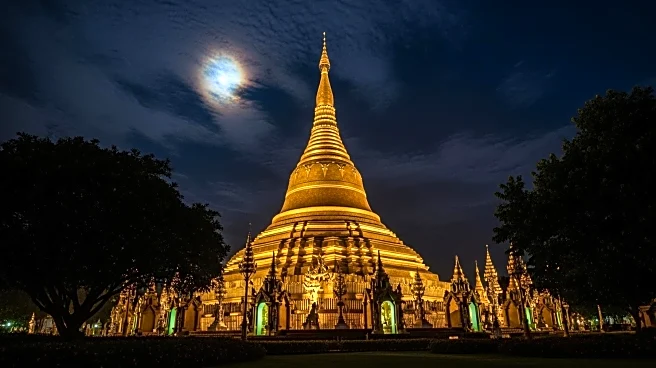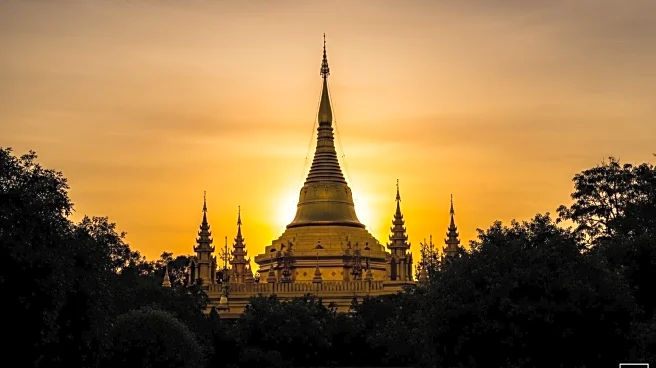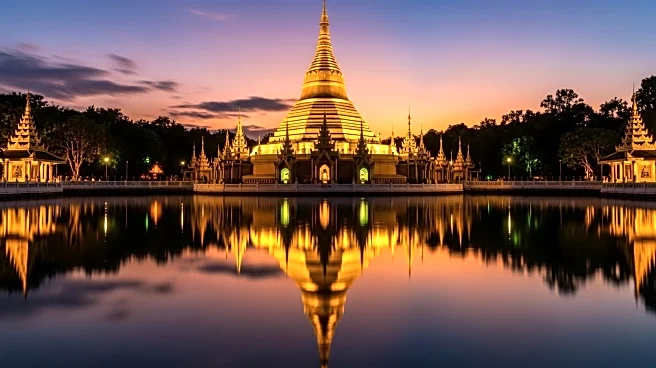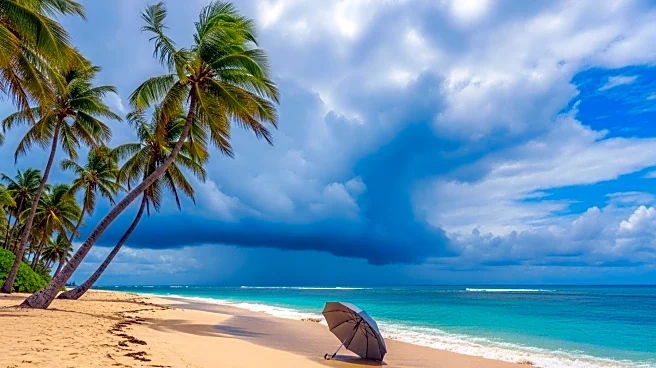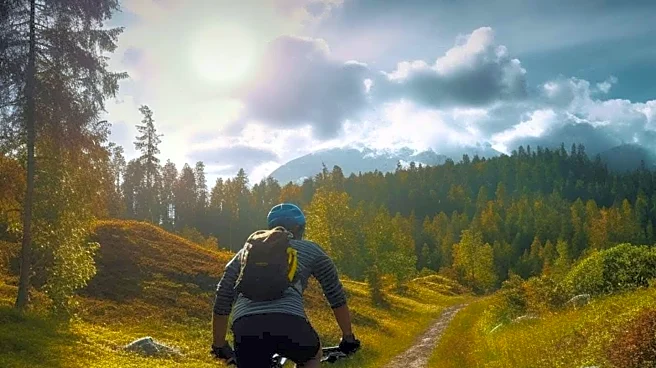The Shwedagon Pagoda, a monumental Buddhist stupa in Yangon, Myanmar, has a rich historical timeline that reflects its spiritual and cultural significance. Believed to have been built by the Mon people between the 6th and 10th centuries AD, the pagoda stands as a testament to the enduring religious traditions of the region. Its towering presence on Singuttara Hill, reaching 112 meters, marks it as a focal point of spiritual devotion and cultural identity.
Origins
The origins of the Shwedagon Pagoda are steeped in legend and historical significance. It is believed to have been constructed by the Mon people, who played a pivotal role in the early development of Buddhist architecture in Myanmar. The pagoda's foundation on Singuttara Hill is said to be a site chosen for its spiritual importance, housing relics of past Buddhas, including strands of hair from Gautama Buddha.
Key Phases
Throughout its history, the Shwedagon Pagoda has undergone several key phases of development and restoration. These phases reflect the changing architectural styles and cultural influences that have shaped its current form. The pagoda's golden stupa, a defining feature, has been maintained and enhanced over the centuries, ensuring its continued status as a spiritual and cultural landmark.
Turning Points
Significant turning points in the history of the Shwedagon Pagoda include periods of restoration and expansion that have contributed to its grandeur. These turning points are marked by efforts to preserve the pagoda's sacred relics and enhance its architectural features. The pagoda's ability to withstand natural and human-induced challenges is a testament to its resilience and enduring significance.
Present Status in Source
Today, the Shwedagon Pagoda remains a vibrant center for religious activities and cultural expression. Its status as the most sacred Buddhist site in Myanmar continues to attract pilgrims and tourists from around the world. The pagoda's towering presence and spiritual aura make it a must-visit destination for those seeking to explore the rich cultural and religious heritage of Myanmar.
 Discover Daily • 8 min read
Discover Daily • 8 min read 